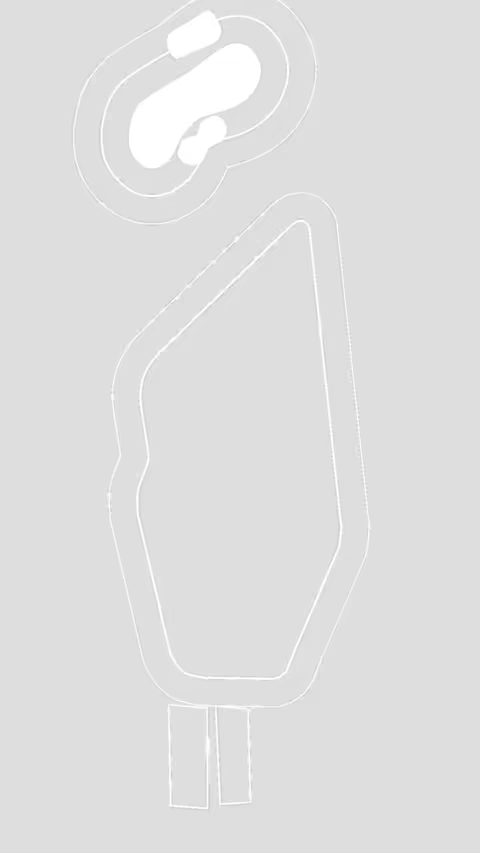
SAUDI-ARABIA
1 Courses

Golf in Saudi Arabia: Desert Oases and Modern Majesty
Golf in Saudi Arabia is a fascinating blend of ambitious modern development and the stark beauty of desert landscapes, offering a unique experience far removed from traditional golfing destinations.
The sport’s history in the Kingdom is relatively recent, with the first courses emerging in the late 20th century, primarily to cater to expatriates and business communities.
The Royal Greens Golf & Country Club, inaugurated in 2017, marked a turning point, signaling Saudi Arabia’s intent to become a golfing hub.
Unlike colonial-influenced golf nations, Saudi courses are born from visionary economic diversification plans, particularly Vision 2030, which promotes sports tourism.
The evolution has been rapid, with sand-based courses giving way to lush, engineered greens, showcasing the Kingdom’s ability to defy its arid environment.
Key regions for golf include Riyadh, the capital, where the Riyadh Golf Club, established in 2005, offers a 9-hole course amid urban sprawl.
The Eastern Province, home to the Rolling Hills Golf Course, features oil-rich landscapes and expat-friendly layouts.
Jeddah, with the Royal Greens, is the crown jewel, a coastal course near the Red Sea, blending maritime breezes with desert vistas.
The futuristic NEOM region promises groundbreaking designs, including the Trojena project, a mountain golf course set to open by 2026.
Signature courses exemplify Saudi Arabia’s golf ambition.
The Royal Greens Golf & Country Club, designed by European Golf Design, hosts the Saudi International, a flagship Asian Tour event attracting stars like Dustin Johnson.
Its paspalum grass thrives on saline water, a sustainability feat.
The Dirab Golf & Country Club near Riyadh, designed by Robert Trent Jones II, is a desert course with dramatic elevation changes.
The upcoming Qiddiya golf course, part of an entertainment megaproject, will feature a stadium layout for spectator events, designed by Jack Nicklaus.
Player development is gaining momentum, with the Saudi Golf Federation launching grassroots programs like the National Golf Development Initiative, targeting schools and youth.
The federation’s partnership with global academies, such as the David Leadbetter Golf Academy, provides elite training.
Notable Saudi pros include Othman Almulla, the first Saudi to turn professional, who has competed on the MENA Tour.
Women’s golf is also growing, with young players like Lujain Khalil making strides in regional events.
Tourism appeal is bolstered by luxury packages combining golf with cultural experiences, such as Diriyah’s UNESCO-listed ruins or Red Sea snorkeling.
Peak seasons run from October to April, avoiding extreme heat.
Non-golf attractions include Al-Ula’s rock formations and Jeddah’s Corniche, blending sport with heritage.
Sustainability is critical in this water-scarce nation.
Courses use recycled water and solar energy, with Royal Greens achieving GEO Certification.
Wildlife protection initiatives, like preserving mangrove habitats near coastal courses, are prioritized.
Future projects are staggering: Trojena’s mountain course, a Greg Norman-designed layout in Amaala, and a 36-hole facility in NEOM.
The Kingdom aims to bid for the Ryder Cup by 2035, backed by PIF investments.
With 10+ courses planned, Saudi golf is poised to rival regional rivals like the UAE..
